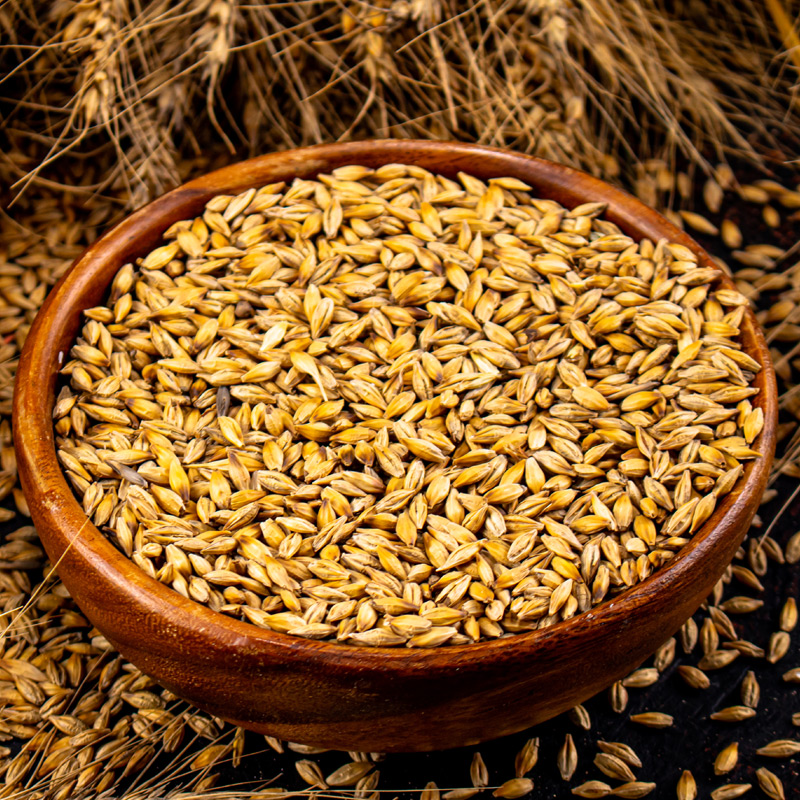
100 gr |
-- |
|
|---|---|---|
| Carbohydrate (gr) | 15.04 |
4928.47 |
| Protein (gr) | 3.59 |
1176.23 |
| Fat (gr) | 12.46 |
4083.43 |
| Fiber (gr) | 1.36 |
445.97 |
| Cholesterol (mg) | 14.64 |
4795.8 |
| Sodium (mg) | 325.27 |
106557.75 |
| Potassium (mg) | 392.16 |
128471.4 |
| Calcium (mg) | 78.15 |
25603.27 |
| Vitamin A (mg) | 46.04 |
15084.01 |
| Vitamin C (mg) | 6.16 |
2019.31 |
| Iron | 0.62 |
203.1 |
Barley (Hordeum vulgare) is a versatile and ancient cereal crop, renowned for its adaptability to diverse climates and its extensive applications in food, beverages, and animal feed. Its grains are packed with nutrients like B vitamins, potassium, phosphorus, and dietary fiber, making it a valuable addition to human diets.
One of barley’s most recognized uses is in malting, where its grains are germinated and dried to produce malt. Malt is a key ingredient in brewing beer, making distilled beverages like whiskey, and producing malted foods. Barley is also a staple in traditional recipes such as barley soups, stews, and flatbreads, particularly in cultures that prioritize sustainable, whole-grain foods.
Barley contains 352 calories per 100 grams.
Barley is low in fat and rich in essential nutrients. Its high fiber content aids digestion, lowers cholesterol, and helps manage blood sugar levels. Barley’s mineral composition, especially potassium and phosphorus, supports cardiovascular health and bone strength.
Barley is one of the first grains cultivated by humans. Archaeological evidence reveals that its cultivation dates back over 10,000 years, with its origins rooted in the Fertile Crescent. Barley’s adaptability has made it a staple crop in regions where extreme conditions limit the growth of other cereals.
Currently, the global production of barley primarily serves two purposes:
Barley is remarkably adaptable to different climates and soil conditions:
Despite its advantages, barley is less tolerant of cold compared to wheat, making it less suitable for harsh winters.
Barley’s sensitivity to high humidity and cold temperatures poses challenges for its cultivation in specific regions. However, its resilience to salinity and drought provides opportunities for cultivation in arid and semi-arid areas, where traditional cereal crops often fail. Innovations in agricultural practices and selective breeding could further enhance barley’s productivity and adaptability.